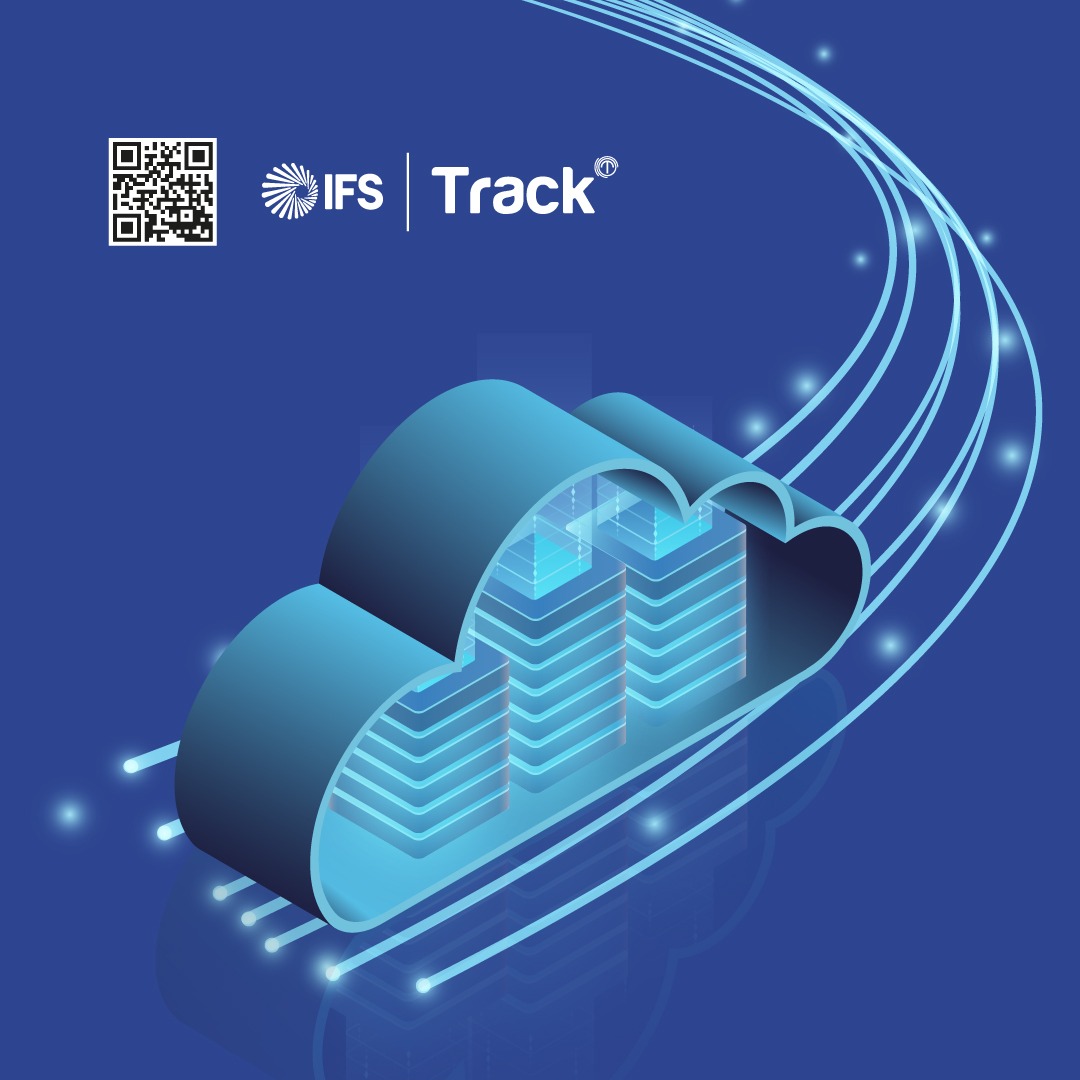- Define the scope and goals
- Communicate frequently and transparently
- Test and validate the update
- Train and support the users
- Monitor and evaluate the update
- Here’s what else to consider
1. Define the scope and goals
Before you start working on an ERP system update, you need to have a clear and shared understanding of what you want to achieve, why you need it, and how you will measure it. This means defining the scope, goals, requirements, and deliverables of the update, as well as the roles and responsibilities of each team member. Having a clear and documented scope and goals will help you align your expectations, communicate your progress, and avoid scope creep.
2. Communicate frequently and transparently
Communication is key to any successful collaboration, especially when it comes to ERP system updates. You need to communicate frequently and transparently with your team members, stakeholders, vendors, and users, using the appropriate channels and tools. You need to share information, feedback, issues, and solutions, as well as listen to others’ perspectives and concerns. Communication will help you build trust, resolve conflicts, and ensure everyone is on the same page.
3. Test and validate the update
Testing and validating the ERP system update is a crucial step to ensure its quality, functionality, and compatibility. You need to test and validate the update in different stages, such as unit testing, integration testing, user acceptance testing, and performance testing. You need to involve the relevant team members, stakeholders, and users in the testing and validation process, and collect and analyze their feedback. Testing and validating the update will help you identify and fix any errors, bugs, or gaps, and ensure the update meets the expectations and requirements.
4. Train and support the users
Training and supporting the users is another important step to ensure the adoption and usability of the ERP system update. You need to train and support the users on how to use the new or updated features, functions, and processes of the ERP system, as well as how to handle any potential issues or challenges. You need to provide the users with adequate and accessible training materials, resources, and tools, such as manuals, videos, webinars, or help desks. Training and supporting the users will help you increase their confidence, satisfaction, and productivity.
5. Monitor and evaluate the update
After you implement the ERP system update, you need to monitor and evaluate its performance, impact, and outcomes. You need to use relevant metrics, indicators, and feedback to measure how well the update is meeting the goals, requirements, and expectations. You also need to identify any areas of improvement, optimization, or enhancement, and plan for future updates or maintenance. Monitoring and evaluating the update will help you ensure its effectiveness, efficiency, and value.
6. Here’s what else to consider
This is a space to share examples, stories, or insights that don’t fit into any of the previous sections. What else would you like to add?

